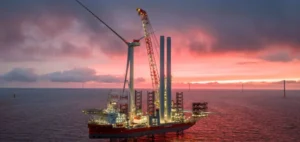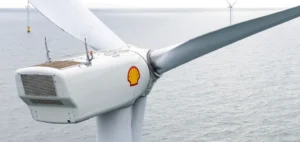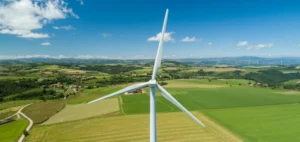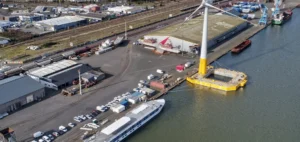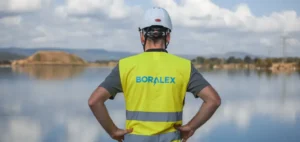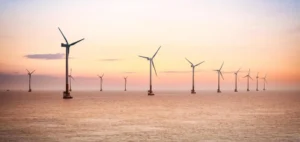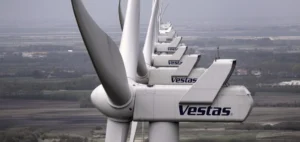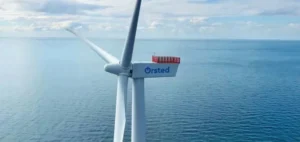The United Kingdom has launched its seventh Contracts for Difference (CfD) allocation round for offshore wind, marking a strategic shift after disappointing outcomes from the two previous rounds. Allocation Round 7 (AR7) introduces a redesigned framework, extended to 20 years, with a 41% budget reduction, but aimed at maximising cost-efficiency per megawatt. This approach seeks to restore confidence among developers, investors, and suppliers amid a volatile market.
A recalibrated model to maximise awarded capacity
The new framework set by the Department for Energy Security and Net Zero (DESNZ) aims to secure more megawatts at a lower unit price. Projections indicate between four and six projects could be selected, representing a total capacity of around 5.5 GW. This figure remains close to AR6 levels, despite the sharp cut in funding. The conditional “top-up” mechanism will allow a budget increase, subject to UK Treasury approval, if the bids submitted present strong value for money.
The updated contract terms give developers the ability to reduce their bids by up to 12%, supported by 20-year CfDs. The longer term reduces revenue risk and improves access to third-party funding, including partial asset sales and institutional partnerships.
Increased competition between LR3 and LR4 lease round projects
AR7 sees 26.5 GW of eligible capacity competing for a limited number of slots. Award decisions will no longer rely solely on cost but also on strategic imperatives, such as internal deadline management, supply chain commitments, and pressure from leasing option fees.
Leasing Round 4 (LR4) projects, such as Morgan and Mona, are incentivised to bid aggressively to avoid losses from option fees, which can reach up to GBP185mn per GW per year. In contrast, some Leasing Round 3 (LR3) projects, such as Norfolk Vanguard developed by RWE, are already contractually committed on critical components and must secure CfDs to avoid price revisions or production slot losses.
Strategic tension amplified for major developers
RWE emerges as a key player in this competitive landscape, with assets across all three strategic categories: high-cost LR4, contract-pressured LR3, and low-risk Extensions. Its portfolio strategy could strongly influence the outcome of the auction.
Extension projects, considered lower risk but also lower cost, must decide whether to bid now or wait for potentially better terms in AR8. This creates asymmetric pressure between single-asset developers, such as Equinor, and those with diversified portfolios.
Impact on supply chains and market stability
The new framework also provides stabilised visibility for industrial suppliers. The execution window for 2029–2032 projects coincides with a period of eased manufacturing capacity, favouring bid alignment and contract security. The GBP544mn Clean Industry Bonus (CIB) incentivises investment in UK-based factories and ports, while encouraging domestic production.
Such stability is seen as critical for converting investment intentions into firm orders while avoiding cyclical surges or collapses in demand.
Conditions align to support sustainable competitiveness
The balance between capital discipline, revenue certainty, and targeted policy incentives helps prevent a repeat of the 2021 price collapse. If bids reach expected thresholds and the full budget is utilised, AR7 could signal a turning point for the UK’s offshore wind sector.
This model may serve as a reference for governments facing similar fiscal and political constraints, demonstrating that stable volumes, controlled budgets and targeted industrial support can produce measurable results without undermining project viability.






